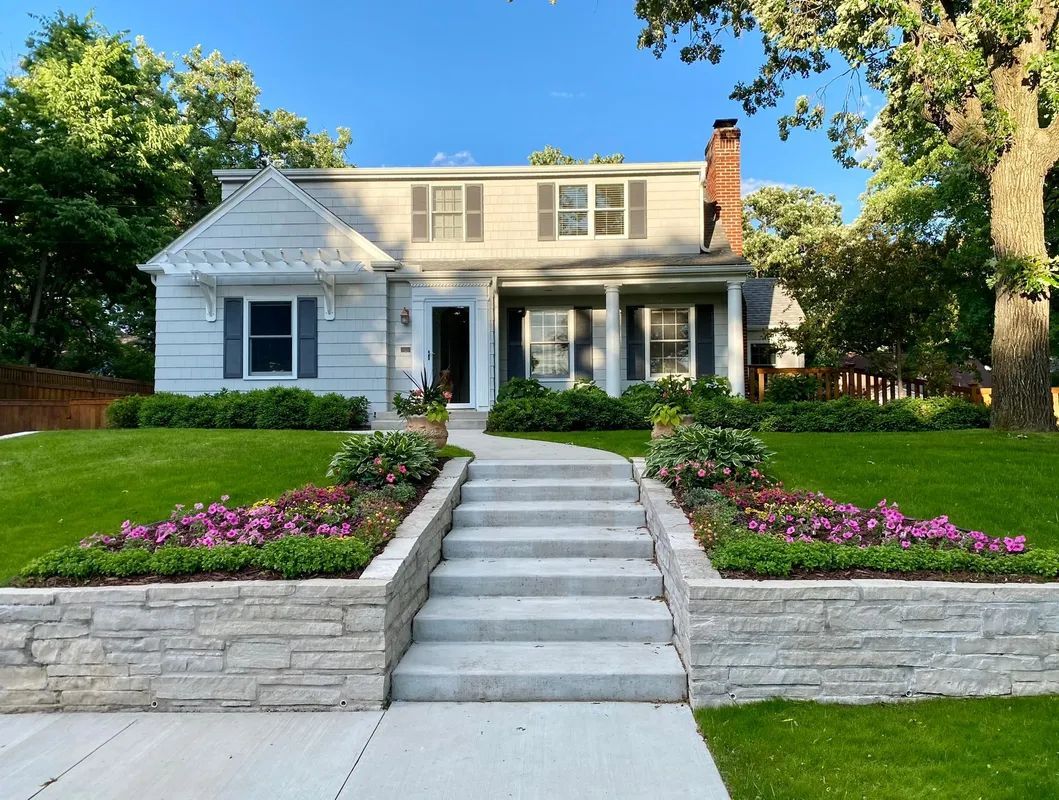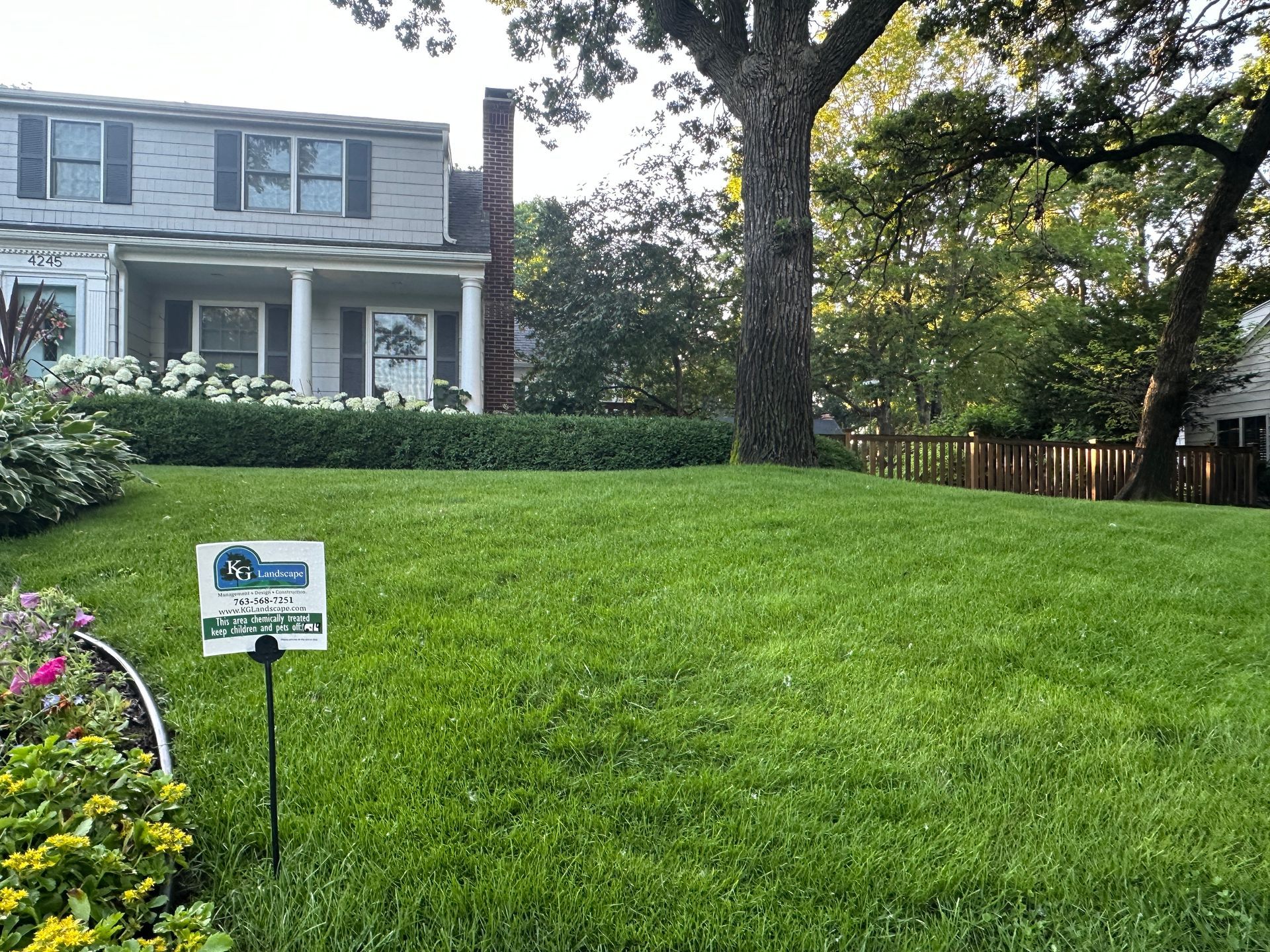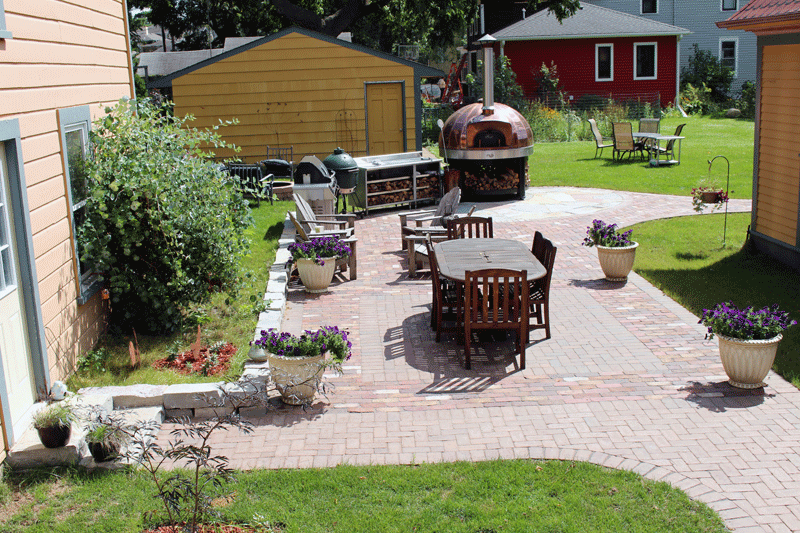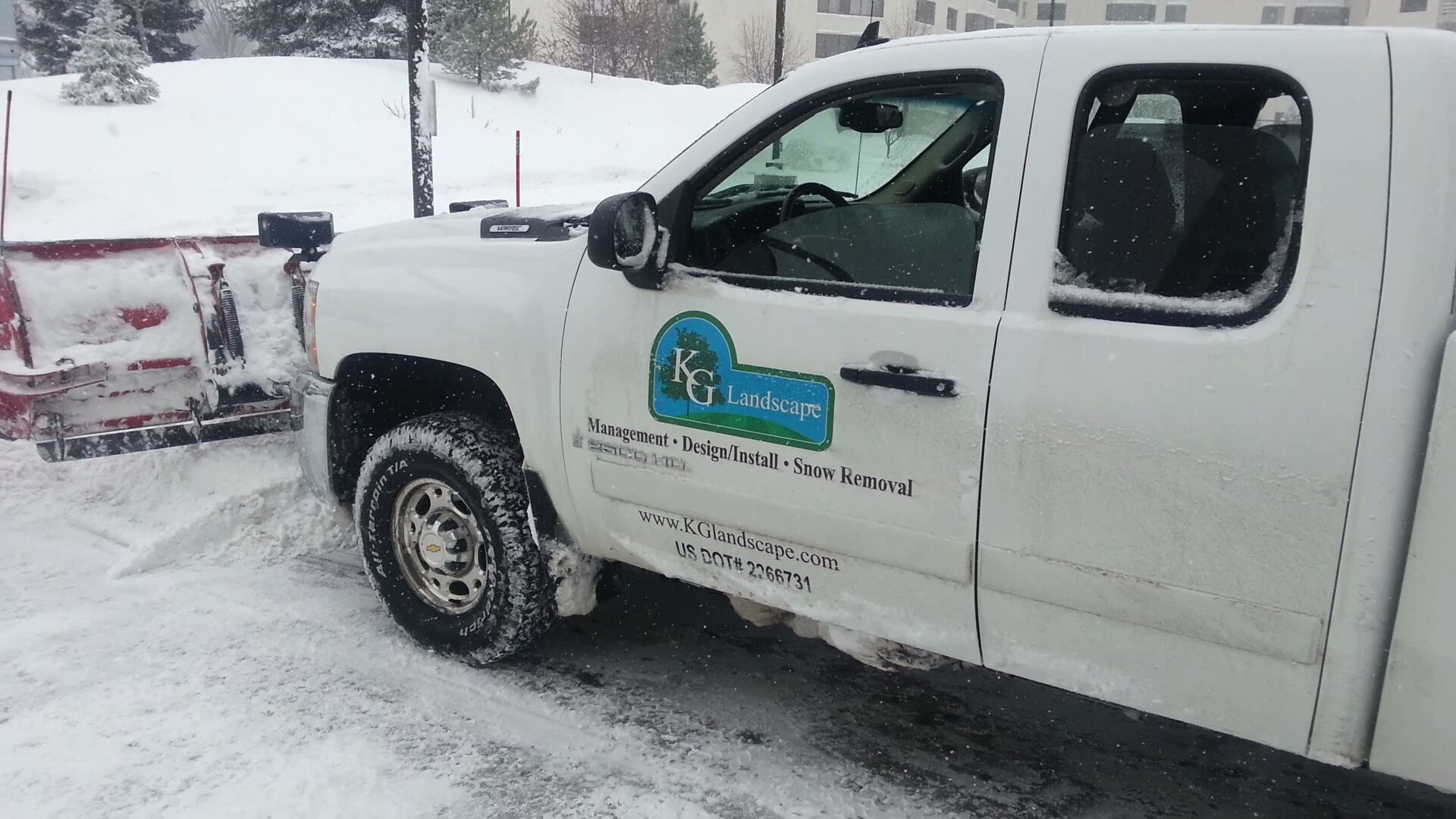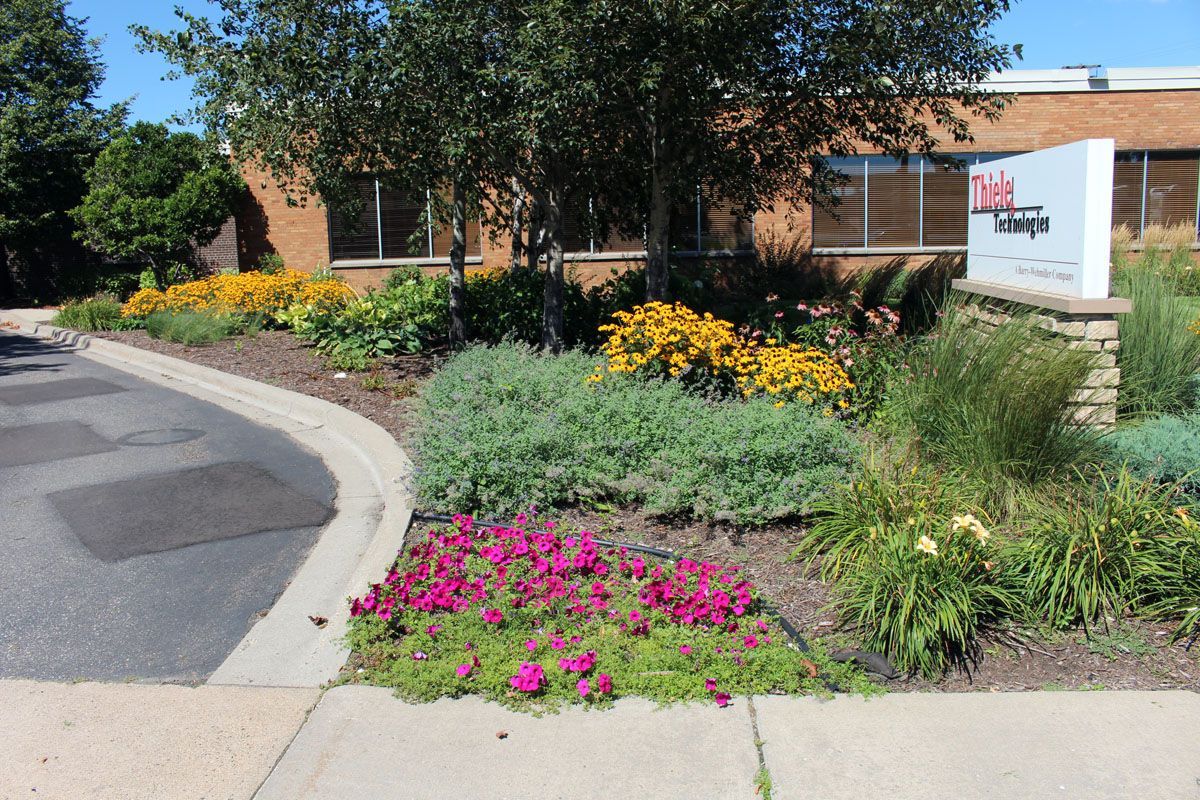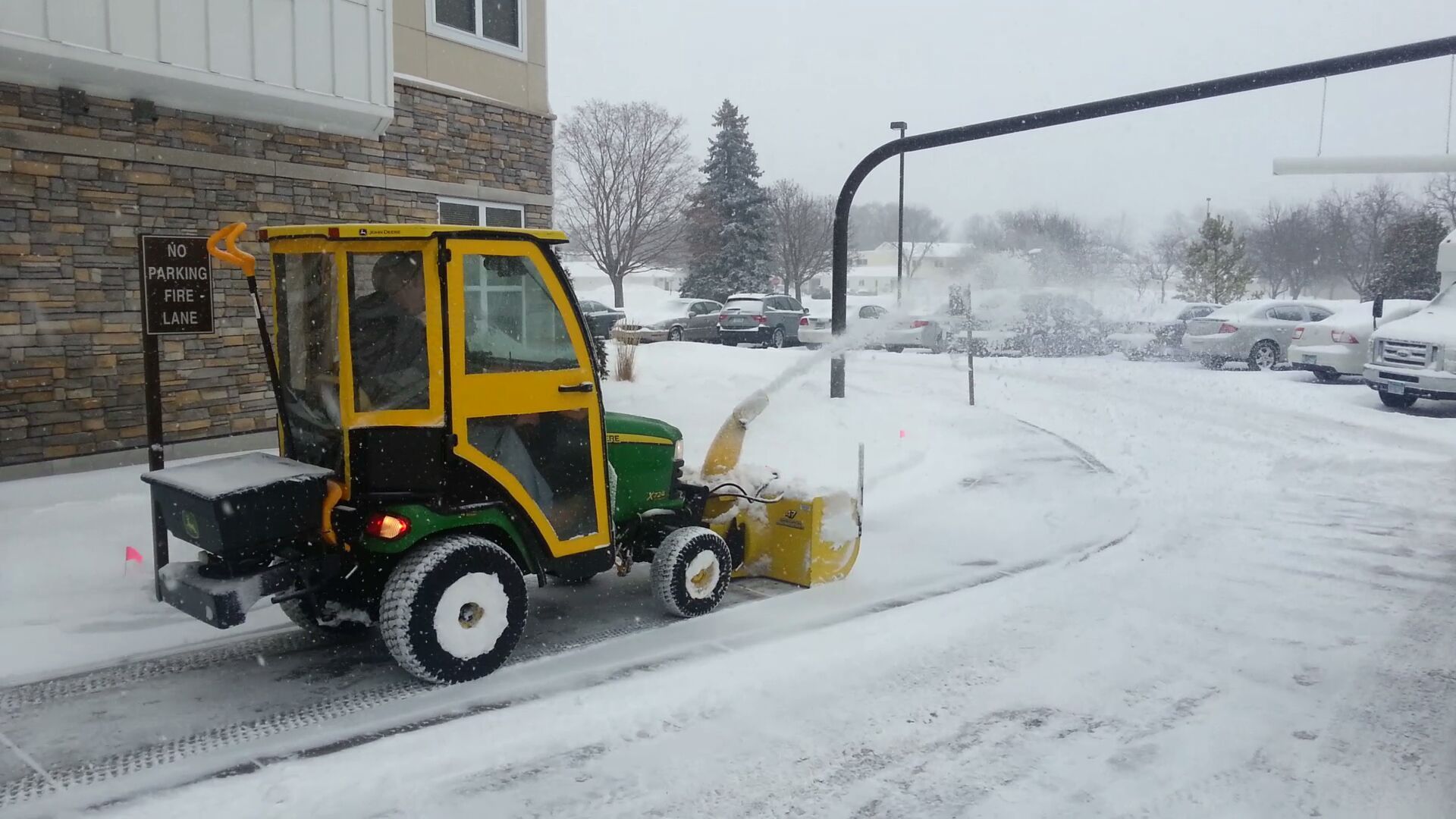Say Goodbye to Snowy Chaos: Snowplowing Tips For Clean Parking Lots
Snow-kissed parking lots quickly spin from scenic to strenuous, turning what was once a winter wonderland into a momentous snow removal chore.
We get it. Treating stubborn ridges of hardened snow and black ice on vacant spaces is one of our specialties. We also understand how to distribute vast volumes of snow to prevent runoff from flooding your property.
Brimming with strategies for parking lot snow removal, this guide and
our professional snow removal team are your best friends this winter.
Importance of Efficient Snowplowing for Parking Lots
Efficient snowplowing for parking lots ensures safe and accessible parking and prevents damage to the pavement.
Clearing snow and ice
Clearing snow and ice during winter protects anyone using the parking lot. Plowing is a standard and safe method to clear slippery surfaces and reduce preventable accidents.
Snow removal isn’t about removing the surface layer of snow but must also reach the pavement and eliminate remaining ice patches. Proper tools like an angle plow with wings make plowing effective and keep parking lots safe and accessible during poor weather conditions.
Regular maintenance prevents pavement damage by removing ice build-up that expands and cracks the asphalt over the winter. Creating ice-free walking and driving surfaces alike prevents accidents and injuries.
Ensuring safe and accessible parking
Snow and ice pose hazards to vehicles and pedestrians in parking lots. Our snow removal team prioritizes safety and efficiently removes ice and snow, keeping everyone safer.
Our equipment and team rely on intelligent vehicle technology. This advanced technology finds and alerts the driver to covered objects in deep or whiteout conditions.
Our approach always starts with a plan. Creating a plow plan identifies priority areas so pedestrians and vehicles can move over the space without incident and
avoid fines .
Preventing damage to pavement
Snowplowing has an undeniable impact on the asphalt surfaces in parking lots. Frequent parking lot snow removal harms the top surface and leaves the pavement vulnerable to more damage.
Sealing this vulnerable surface before winter begins protects it from sustaining snowplow damage. Our professional team insists on routine inspections to address visible cracks and repair them to preserve the integrity of the pavements we maintain.
Minor damages from plowing are repairable with rejuvenation and the correct fix. If you’re worried about maintaining your driveway or parking lot,
call a professional snow removal company and engage in meaningful measures to protect the integrity of the surface.
Essential Snowplowing Tips
To clear snow from parking lots, prepare the area before snowfall.
- Clear snow in sections
- Plow next to curbs,
- Use proper plowing tactic
- Apply salt or ice melt
- Perform regular maintenance and remove debris
Preparing the area before snowfall
Inspecting the area for hazards before a snowfall is a priority. Checking for holes, speed bumps, medians, low landscaping, and fire hydrants obstructing the snow removal process is essential.
Identifying and addressing these hazards beforehand ensures efficiency and protects expensive equipment from damage during snow-clearing.
Clearing snow in sections
It’s wise to tackle the area in sections to clear snow from parking lots efficiently. You can easily remove the snow by dividing the area into manageable portions.
This approach allows for improved control and prevents the accumulation of cleared snow in one area. Remember, clearing snow in sections helps maintain accessibility and prevents hazards caused by large piles of snow.
When dealing with a snowy parking lot, break the job into parts for efficient snow removal.
Plowing next to curbs
Plowing next to curbs is a learned skill when snowplowing in parking lots. The trick is to remove all snow traces without leaving snow trails next to the curbs.
This skill protects the curbs, and a U edge with a 6" overlap on a snowplow truck accomplishes the task. Plowing on an angle away from the curb and spraying the snow further away helps safeguard the curbs and other permanent fixtures.
Using proper plowing techniques
Snow removal is a skill using proper plowing methods. Our team plows the snow forward and to the side simultaneously, which helps clear large areas like parking lots quickly.
Another technique is backdragging for areas where the truck needs to turn around and plow forward. Understanding the layout of the parking lot, covered in a blanket of snow, allows you to judge the area and form a plowing pattern.
Starting by back dragging and plowing in windrows, clear the parking lot effectively. These learned tricks help us maintain clean and pristine parking lots during storms and prevent unnecessary damage or inconvenience.
Applying salt or ice melt
Applying salt or ice melt also helps with snowplowing. Salt brine is a standard snow removal product that melts the snow and ice and prevents more ice from forming.
Following professional guidelines for salt application reduces time and labor and won't damage the pavement.
Sustainable methods depend on specific ice melt and salt that are environmentally friendly. Using salt calculators and manufacturer guidelines makes it easy to determine the right amount of salt.
Regular maintenance and clean-up
Regular maintenance and upkeep of snow removal tools and equipment keep them pristine longer.
Frequent use of snowplows and frigid temperatures lead to unavoidable wear and tear. Regular maintenance and properly storing snow removal equipment promotes longevity. Storing wet, dirty equipment causes deterioration.
Routine checks depend on:
- Conducting visual checks
- Inspecting electrical connections
- Lubricating movable components
- Examining the cutting-edge
- Overhauling the hydraulic system as needed
- Protect your equipment by storing it in dry or wind shelters
Hiring Professional Snow and Ice Removal Services
Hiring professional snow and ice removal services can make all the difference to keeping a clean and pristine parking lot during the winter. The benefits of professional snowplowing outweigh the cost. Choosing a reliable service provider for parking lot snow removal takes experience.
Benefits of professional snowplowing
Hiring a professional snowplowing service has many outstanding benefits. These experts remove challenging icy buildup to keep pedestrians and drivers safe.
Professional snow removal services are rapid at efficient snow clearing and save time and effort. By outsourcing to professionals, you can focus on other tasks and enjoy the convenience of maintaining your parking lots and driveways.
Choosing a reliable service provider
When hiring a professional snow removal service , choose a reliable provider that understands your needs. Look for companies with experience in winter maintenance services, a proven track record, and happy clients.
The company’s reputation is a direct connection to happy customer reviews. Customer reviews clearly state what chores and promises a company excels at.
A professional landscape and snow removal company also has the tools and equipment to match the unpredictable demands of the seasons. When you get a quote from a company about any of their services particular to you, ensure it’s detailed and on legitimate paper. Handshakes are great—but not guaranteed.
Conclusion
Incorporating our snowplowing tips will help you maintain your parking lots, driveways, alleys and property and make these chores easier to manage.
Preparing for a long Minnesota winter is only the beginning, and breaking parking lot snow removal chores into manageable sections and using the right products and tools go a long way.
But if you don’t mind us saying, why not
get a quote from our professionals? The answer might pleasantly surprise you and your budget.

